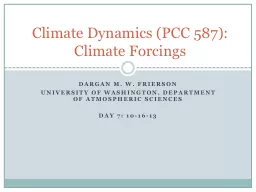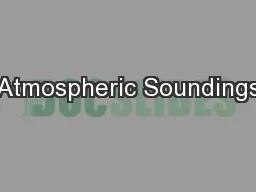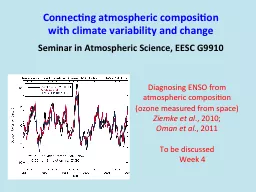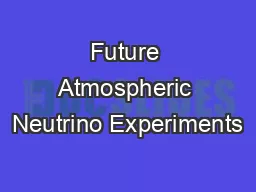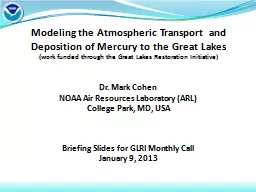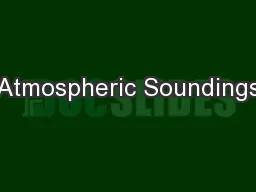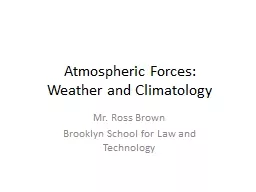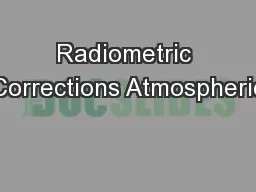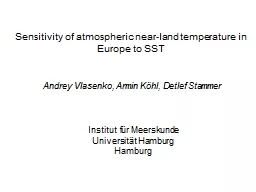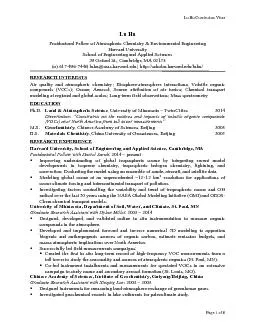PPT-Dargan M. W. Frierson University of Washington, Department of Atmospheric Sciences
Author : megan | Published Date : 2022-06-28
Day 7 101613 Climate Dynamics PCC 587 Climate Forcings Outline of This Topic Climate forcings Things that directly change global temperature How to put different
Presentation Embed Code
Download Presentation
Download Presentation The PPT/PDF document "Dargan M. W. Frierson University of Wa..." is the property of its rightful owner. Permission is granted to download and print the materials on this website for personal, non-commercial use only, and to display it on your personal computer provided you do not modify the materials and that you retain all copyright notices contained in the materials. By downloading content from our website, you accept the terms of this agreement.
Dargan M. W. Frierson University of Washington, Department of Atmospheric Sciences: Transcript
Download Rules Of Document
"Dargan M. W. Frierson University of Washington, Department of Atmospheric Sciences"The content belongs to its owner. You may download and print it for personal use, without modification, and keep all copyright notices. By downloading, you agree to these terms.
Related Documents

